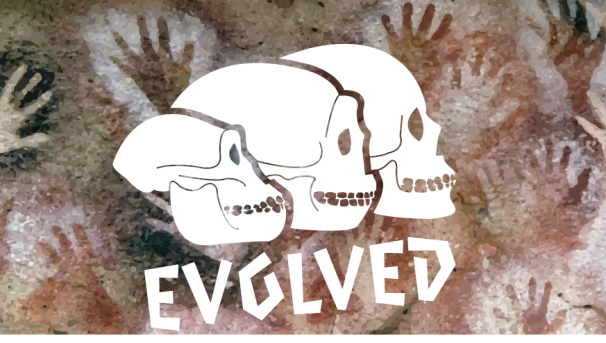This project is now in update mode. Check back regularly to see how things are progressing.
| Rank | State | Gifts |
|---|---|---|
| 1 | OH | 23 |
| 2 | NY | 6 |
| 3 | NJ | 2 |
Anonymous
$200
Oct 14, 2019
Laura
Kubatko
$50
Sep 30, 2019
Kathryn
Marklein
$260
Sep 29, 2019
Cid
Santagate
$10
Sep 27, 2019
Jackie
Augustine
$32
Sep 27, 2019
Linda Schottenstein
In Honor of Naava Schottenstein
$10
Sep 27, 2019
Anonymous
Anonymous
Jason
Duffield
Mark
Hubbe
Debbie and Dan Guatelli-Steinberg / Steinberg
In Honor of The APOP Team
$100
Sep 15, 2019
Kathryn
Campbell-Kibler
$50
Sep 12, 2019
Rachael
Holt
$200
Sep 12, 2019
Micha
Elsner
$50
Sep 12, 2019
Derek
Houston
$32
Sep 12, 2019
Laura
Wagner
$260
Sep 12, 2019
Anna Okoniewski
In Honor of Emma Lagan
$50
Sep 11, 2019
Sarah
Radley
$50
Sep 11, 2019
Dan
Williams
$32
Sep 11, 2019
EMMA LAGAN
In Honor of J&J Clockworks
Janet Box-Steffensmeier
In Honor of Our amazing OSU Anthropology Department!
$100
Sep 10, 2019
Nick
Kawa
$50
Sep 10, 2019
Anonymous
$20
Sep 09, 2019
Edward
SWEENEY
$32
Sep 09, 2019
Gisselle
Garcia
$200
Sep 09, 2019
$10
10,000 years of farming
Although almost all human populations nowadays rely on domesticated plants and animals to survive, plant domestication represent only 5% of the time our species exists in the planet.
$32
32 teeth in the human mouth
Teeth, unlike bones, do not heal if damaged. That’s because teeth actually evolved from fish scales, which were appropriated as teeth at the time of the origin of jawed fishes, 420 million years ago.
$50
50,000 years ago...
We shared the planet with our close relatives, the Neandertals. Neandertals went extinct around 35 thousand years ago, but several events of admixture occurred before then. Modern populations from Europe and Asia have up to 5% of their genes inherited from Neandertals.
$80
Living beyond 80 years!
By 2050, US life expectancy will be above 80 years. During the 13th century, life expectancy in Europe was only about 30 years. Even 50 years ago, there was still great disparity across the globe, with African countries having life expectancy below 40 years, while Europe and North America’s were above 60 years.
$260
Thinking makes me hungry
The human brain at rest consumes about 260 calories per day. This represents 20% of our average resting metabolic rate, making our big brains the most expensive organ in our body.
$400
Lucy’s brain is only 400cc
Lucy, the most famous Australopithecus afarensis, represents one of the many species that make up our evolutionary tree. She lived in Africa about 3.5 million years ago, and her brain size was roughly the same as a modern chimpanzee’s.
$800
800 languages in the Americas
Across all of the Americas, almost 800 languages are spoken nowadays, showing the importance of communication for our species and the different cultures that live on the continent. Most of these languages are in danger of disappearing in the next generation.


